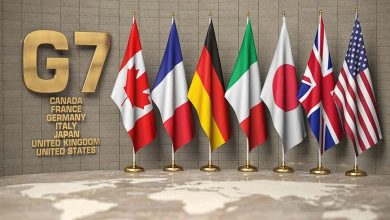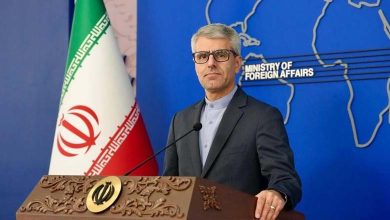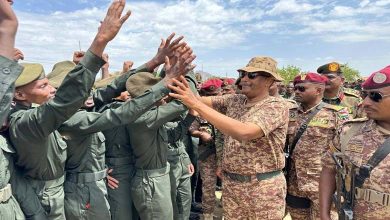The Muslim Brotherhood and the Taliban: What are the similarities and parallels between the two organizations?

The Muslim Brotherhood and the Taliban are among the most extremist movements in the world, both seeking to establish a legitimate Islamic state based on their own interpretation of Islamic Sharia law. These two movements have been associated with numerous violent and terrorist acts, sparking controversy and criticism from the international community and local societies.
While there are some fundamental differences between the Muslim Brotherhood and the Taliban, including in origins, history, objectives, practices, and foreign relations, there are nonetheless many similarities between these two dangerous organizations.
Origins and history
The Muslim Brotherhood was founded in Egypt in 1928 by Hassan al-Banna as a reformist, preaching, and political movement aimed at reviving Islam and countering Western colonization and foreign influences. The movement spread to several Arab and Islamic countries, participating in political and social life in various forms and degrees.
As for the Taliban movement, it emerged in Afghanistan in 1994 as an armed and religious movement consisting of students from Pakistani religious schools belonging to the Hanafi sect and the Deobandi movement. The movement aimed to end the civil war in Afghanistan and establish a strict Islamic regime based on the application of Sharia law, Islamic dress codes, and religious education.
Objectives and practices
The Muslim Brotherhood claims to seek to establish a civil and democratic Islamic state respecting human rights, public freedoms, political and cultural pluralism. The group claims to adhere to non-violence, legitimacy, and gradual change, rejecting violence, terrorism, and extremism.
However, in practice, the group follows a contradictory and changing strategy, adapting to circumstances and interests, using violence, alliances, divisions, and political tactics to achieve its goals and agenda.
As for the Taliban movement, it claims to seek to liberate Afghanistan from foreign occupation and corrupt government, and to establish an Islamic emirate governed by the Quran and Sunnah. The movement adheres to jihad, resistance, and Sharia, rejecting democracy, modern rights, and international cooperation. It exercises violence, repression, and extremism against civilians, women, minorities, and opponents.
Foreign relations
The Muslim Brotherhood seeks to portray itself as a moderate movement open to the world, seeking to establish relations with Islamic and non-Islamic states, organizations, and movements. The group takes Islamic causes such as Palestine, Chechnya, Iraq, and Syria as a cover to gain popular support. Despite these attempts to rehabilitate their image, most Arab regimes still consider them a threat to their security, stability, and unity, after the group was involved in supporting and financing terrorism, incitement, sabotage, and conspiracy.
As for the Taliban movement, it considers itself a local and independent movement, rejecting any foreign interference in its affairs. The movement enjoys support from some Islamic states and movements such as Pakistan, Qatar, Turkey, Al-Qaeda, and the Islamic State. In contrast, it faces opposition and isolation from most states, organizations, and international movements, which consider it a terrorist, extremist, and marginalized movement.












